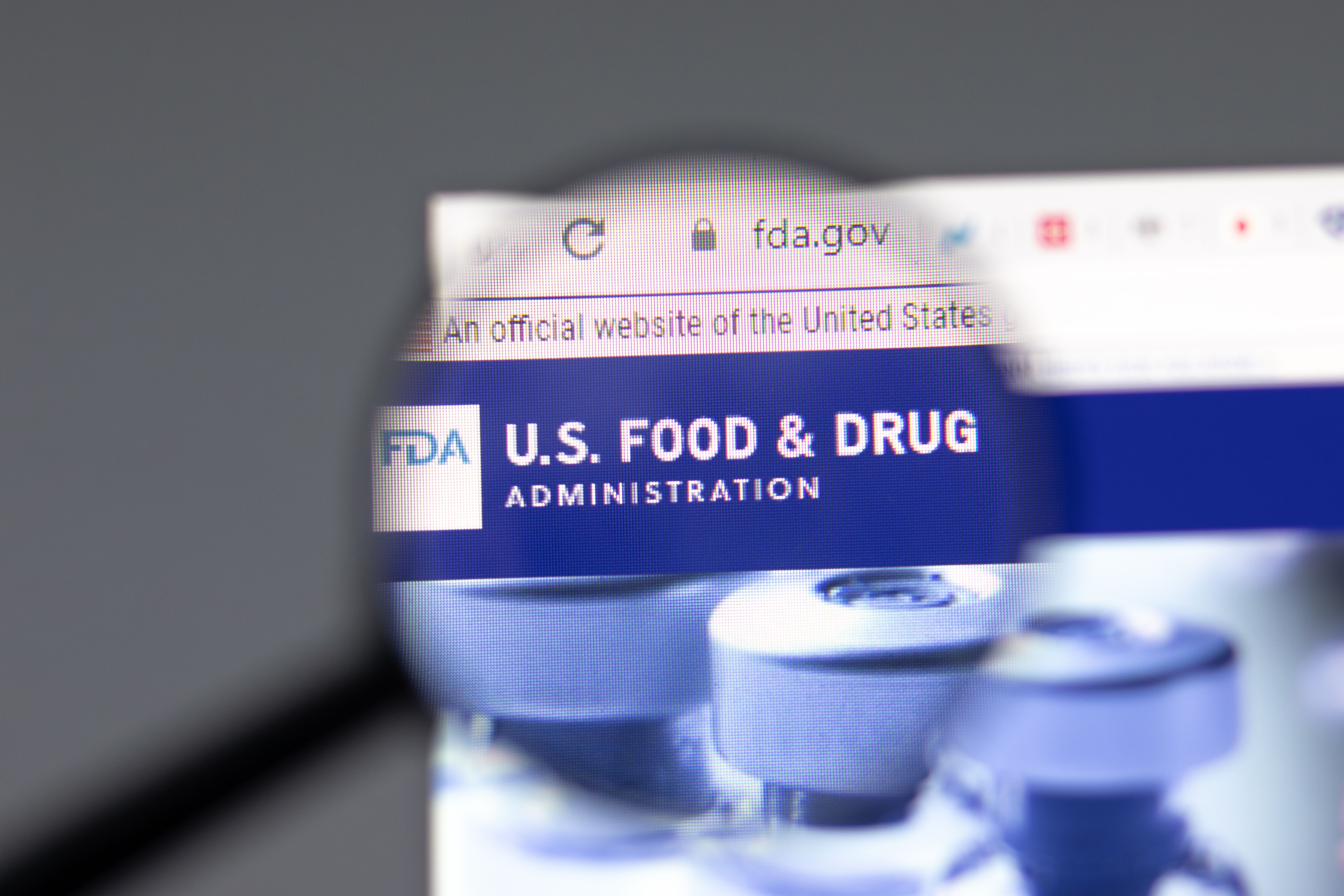Article
What Barriers to Vaccination Impact People With Parkinson Disease?
Author(s):
Among patients with Parkinson disease who are at higher risk of respiratory infections, 3 in 10 lacked any pneumococcal vaccination, with barriers to adherence including traveling difficulty and hesitancy or refusal.
With perception and adherence to vaccines taking center stage amid the COVID-19 pandemic, a study published in the Journal of Parkinson’s Disease sought to understand some of the notable barriers to vaccination for people with Parkinson disease (PD).
The researchers noted that hesitancy toward COVID-19 vaccines should not be surprising when considering vaccination rates among US adults aged 65 and older for common respiratory infections.
“More than one-third are not vaccinated for common respiratory pathogens—influenza or pneumococcus—despite widely agreed upon recommendations and full Medicare coverage of their costs,” explained the study authors.
Although conflicting data has been published on whether patients with PD may be at greater risk of more severe outcomes due to COVID-19, research has indicated that these typically older populations are at higher risk of contracting vaccine-preventable respiratory infections. Moreover, any infection, whether it's coronavirus or urinary tract infection, can lead to a temporary increase in adverse PD symptoms.
Seeking to better understand barriers to vaccination for patients with PD that can then be leveraged to increase vaccine uptake, researchers conducted a cross-sectional US-based study of those with the condition (N = 143), stratified as homebound (n = 41) or ambulatory (n = 102) patients.
As part of the evaluation for influenza and pneumococcal vaccination rates, participants completed semi-structured interviews on these rates, barriers to vaccination, and health care utilization.
Of the study cohort, 9.8% were identified to have missed all influenza vaccinations in the past 5 years (n = 14), with 32.2% reporting they hadn't received any pneumococcal vaccination (n = 46). No between-group differences were identified.
Assessing barriers to vaccination, homebound participants reported difficulty traveling to the clinic (P < .01). Although homebound participants with PD had similar outpatient visit frequencies to their ambulatory counterparts, homebound patients reported more frequent emergency department visits (31.7% vs 9.8%; P < .01) and hospitalizations (14.6% vs 2.9%; P = .03).
Furthermore, vaccine hesitancy was reported in more than 1 in 3 participants (35.0%), with vaccine refusal identified in 19% of those with PD and in 13.3% of unvaccinated household members, with no between-group differences.
An interesting factor identified was that 12.6% of patients with PD thought their care provider recommended against vaccines for those with the condition, while 31.5% were unsure of vaccine recommendations in PD.
“Many participants were unsure whether health care providers recommend vaccinations for people with PD,” concluded the study authors. “In light of COVID-19, neurologist reinforcement that vaccinations are indicated, safe, and recommended may be beneficial.”
Reference
Phanhdonea T, Drummond P, Meisel T, Friede N, Di Rocco A, Chodosh J, Fleisher J. Barriers to vaccination among people with Parkinson’s disease and implications for COVID-19. J Parkinsons Dis. Published online April 30, 2021. doi:10.3233/JPD-202497





